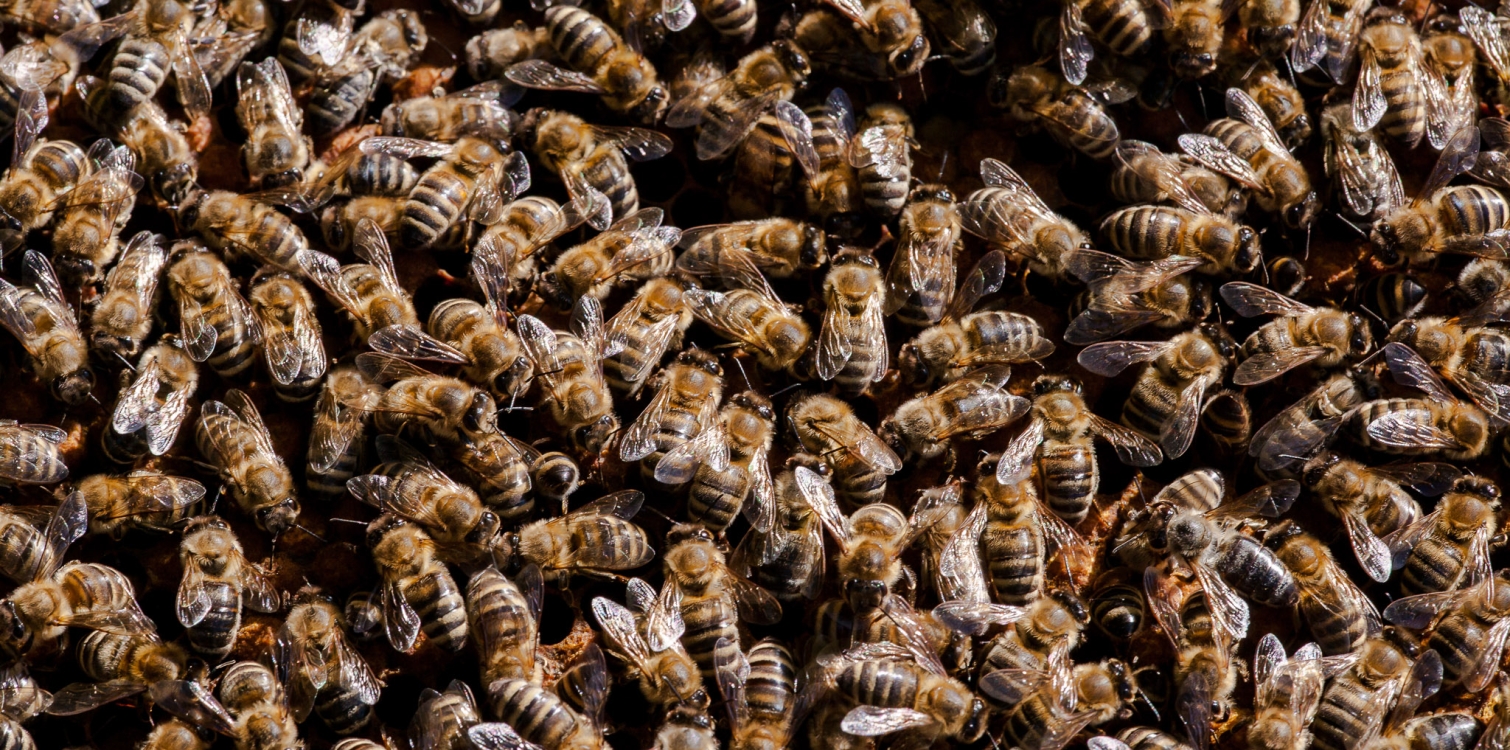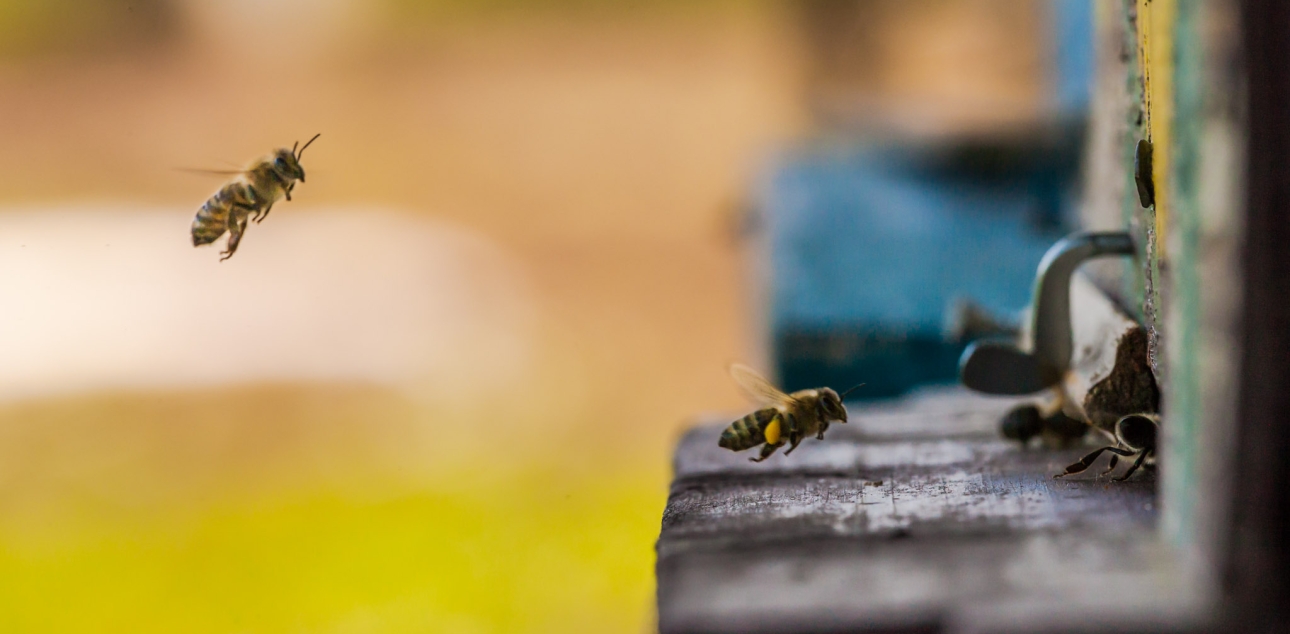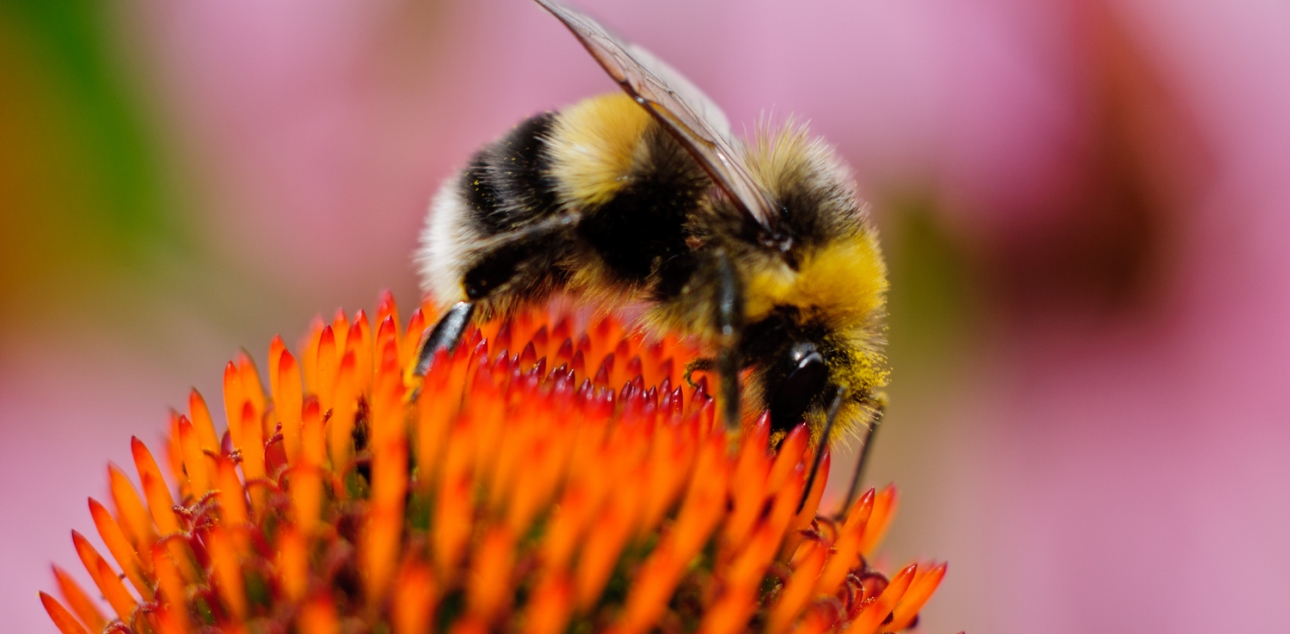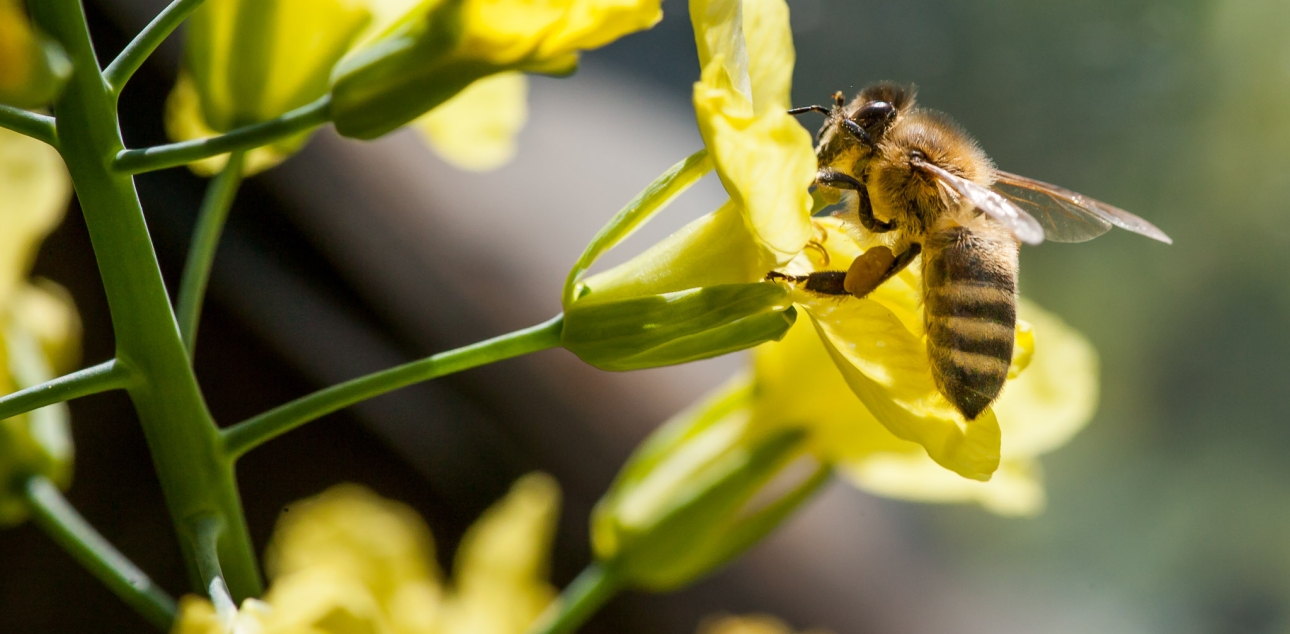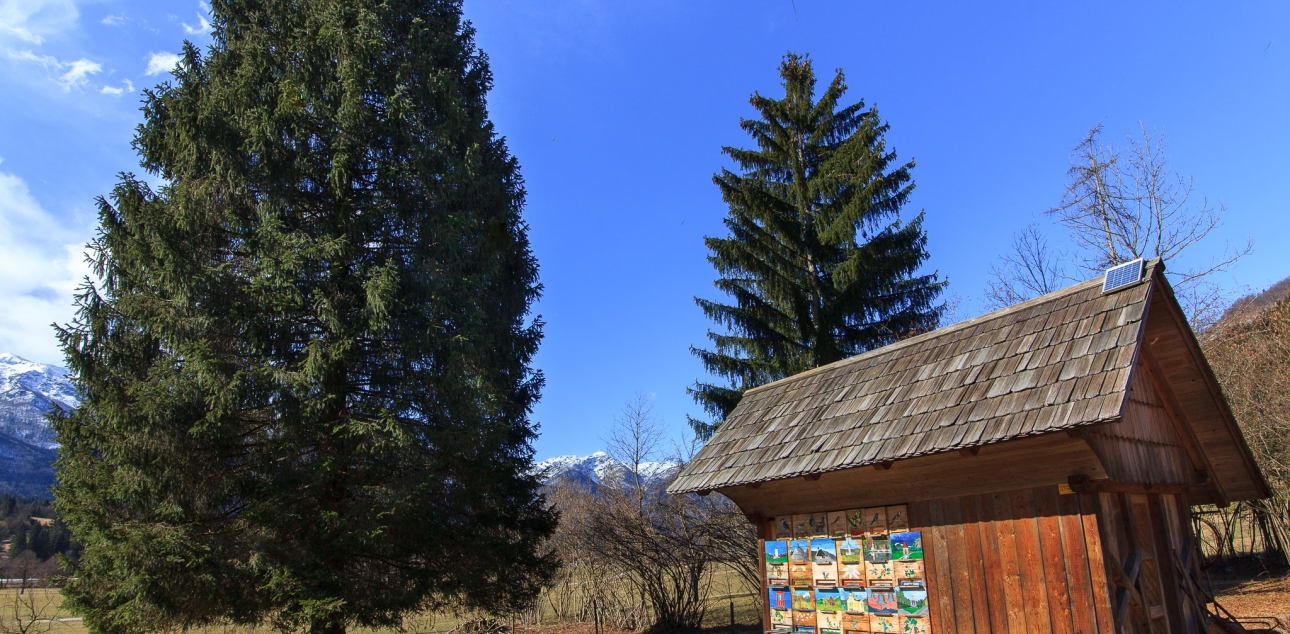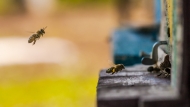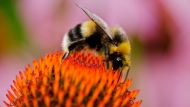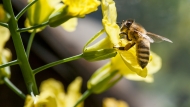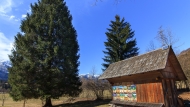Bees find food on nectar-producing plants.
These are the plants that are rich in nectar, pollen and honeydew. With their varied colours and scents, these plants attract bees and other insects such as butterflies and bumblebees. They provide food for the insects and at the same time ensure their survival.
Plants secrete a sweet liquid through their flowers, known as nectar. Each flower also contains pollen, which is produced in the anthers. Since bees need pollen for their nutrition, they gather it as well.
While collecting pollen, nectar, and honeydew, bees also contribute to the pollination of plants. As they visit flowers, pollen sticks to the hairs on their bodies, which they then transfer from flower to flower. Bees facilitate the transfer of pollen to the stigma of another flower of the same species, significantly impacting the production of fruits and seeds, which are essential for plant reproduction. These fruits, in turn, serve as food for many animals.

Honey plants are most commonly found in meadows (flowers, grasses, etc.), forests (linden, maple, chestnut, acacia, etc.), fields (buckwheat, rapeseed, sunflower, clover, etc.) and home gardens (cucumbers, tomatoes, beans, pumpkins, etc.). Bees pollinate crops, fruit trees, spices and herbs and other plants that are an essential part of the human diet. They also pollinate the forage plants that feed the animals that humans keep for their food - milk and dairy products, eggs and meat.
For thousands of years, humans have used honey as a sweetener and food additive. In addition to honey, we also use other bee products: pollen, propolis, royal jelly and beeswax. Bee products are also used for health and therapeutic purposes and are widely used in cosmetics.
DID YOU KNOW?
- Bees have excellent memory. They remember the direction of flight, where they live, their colour, their surroundings, the place where they found their nectar and their honeydew.
- A bee brings 16 to 24 milligrams of pollen from each trip to the hive. That's a tenth of its weight!
- The taste and aroma of honey depends on the type of plants on which the bees collect their honey.

